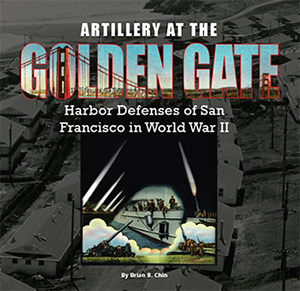Description
Artillerists and Engineers: The Beginnings of American Seacoast Fortifications, 1794-1815, by Colonel Arthur P. Wade, U.S. Army. Paperback, 226 pages.
This work covers a much-neglected subject in American seacoast defense references, the First and Second Systems. Col. Wade’s work is the only detailed reference-work in publication on the subject.
At the end of the Revolutionary War the seacoast defenses of the United States consisted of a scattering of forts and batteries of varying sizes constructed by the individual states. Early in the 20th century the federal system of seacoast fortifications was generally considered the finest in the world. This dissertation examines the beginnings of that federal system, from 1794 to the end of the War of 1812.
In 1794, faced with possible war with Britain, the federal government assumed responsibility for the construction and manning of seacoast defenses from Maine to Georgia. Construction was entrusted to French-born engineers, and a Corps of Artillerists and Engineers was raised to garrison the fortifications and to provide a source of native-born military engineers. By 1801 the so-called First System of fortifications construction had been substantially completed. Beginning in 1806, Britain’s flouting of neutral maritime rights again threatened war, and new construction activity was stimulated by the Chesapeake-Leopard incident in 1807. This era of coast-defense construction from 1806 through the War of 1812 was to be known as the Second System. Almost all design and construction was supervised by officers of the Corps of Engineers, most of them young graduates of the Military Academy. The Chief Engineer, Jonathan Williams, introduced new theories from France, and during this Second System the basic fortifications design, hitherto founded on the works of Marshal Vauban, began to reflect increasingly the perpendicular walls and casemated guns advocated by Montalembert. By the eve of the War of 1812 the defenses of the Atlantic coast and those below New Orleans were substantially completed and manned by regular troops.
In 1814 additional British ships and troops were sent to America and conducted several full-scale amphibious attacks on the coast, one of which resulted in the capture of Washington. Only four American seacoast fortifications were attacked: Fort Washington on the Potomac capitulated without firing a shot, but Fort McHenry at Baltimore, Fort Bowyer at the entrance to Mobile Bay, and Fort St. Philip below New Orleans all offered strong defenses and drove off the attacking fleets. Concluding from the wartime experience that strong seacoast defenses were a necessity, the nation embarked in 1816 upon a system of permanent fortifications that lasted until the advent of long-range aircraft and nuclear weapons made surface coastal defenses obsolete.





